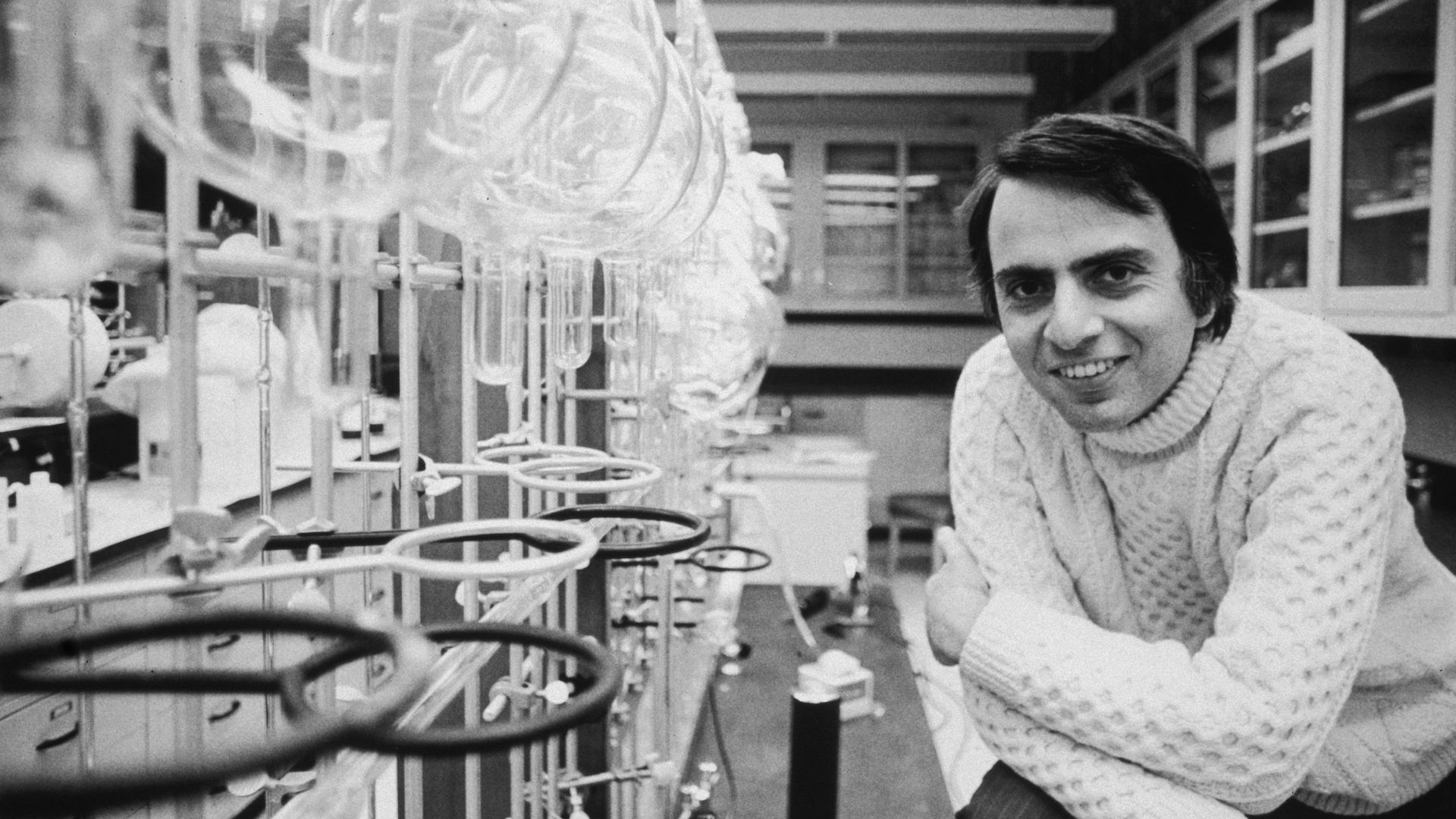Nanomaterials, Vol. 14, Pages 1794: The Influence of Temperature and Stoichiometry on the Optical Properties of CdSe Nanoplatelets
Nanomaterials doi: 10.3390/nano14221794
Authors: Yerkebulan Koshkinbayev Aigerim Ospanova Aizhan Akhmetova Turlybek Nurakhmetov Asset Kainarbay Keleshek Zhangylyssov Sergey Dorofeev Alexander Vinokurov Sergei Bubenov Dulat Daurenbekov
Colloidal quasi-two-dimensional cadmium chalcogenide nanoplatelets have attracted considerable interest due to their narrow excitonic emission and absorption bands, making them promising candidates for advanced optical applications. In this study, the synthesis of quasi-two-dimensional CdSe NPLs with a thickness of 3.5 monolayers was investigated to understand the effects of synthesis temperature on their stoichiometry, morphology, and optical properties. The NPLs were synthesized using a colloidal method with temperatures ranging from 170 °C to 210 °C and optimized precursor ratios. Total reflection X-ray fluorescence (TXRF) analysis was employed to determine stoichiometry, while high-resolution transmission electron microscopy (HRTEM) and UV-Vis spectroscopy and photoluminescence spectroscopy were used to analyze the structural and optical characteristics. The results showed a strong correlation between increasing synthesis temperature and the enlargement of nanoscroll diameters, indicating dynamic growth. The best results in terms of uniformity, stoichiometry, and optical properties were achieved at a growth temperature of 200 °C. At this temperature, no additional optical bands associated with secondary populations or hetero-confinement were observed, indicating the high purity of the sample. Samples synthesized at lower temperatures exhibited deviations in stoichiometry and optical performance, suggesting the presence of residual organic compounds.

 11 hours ago
18
11 hours ago
18


